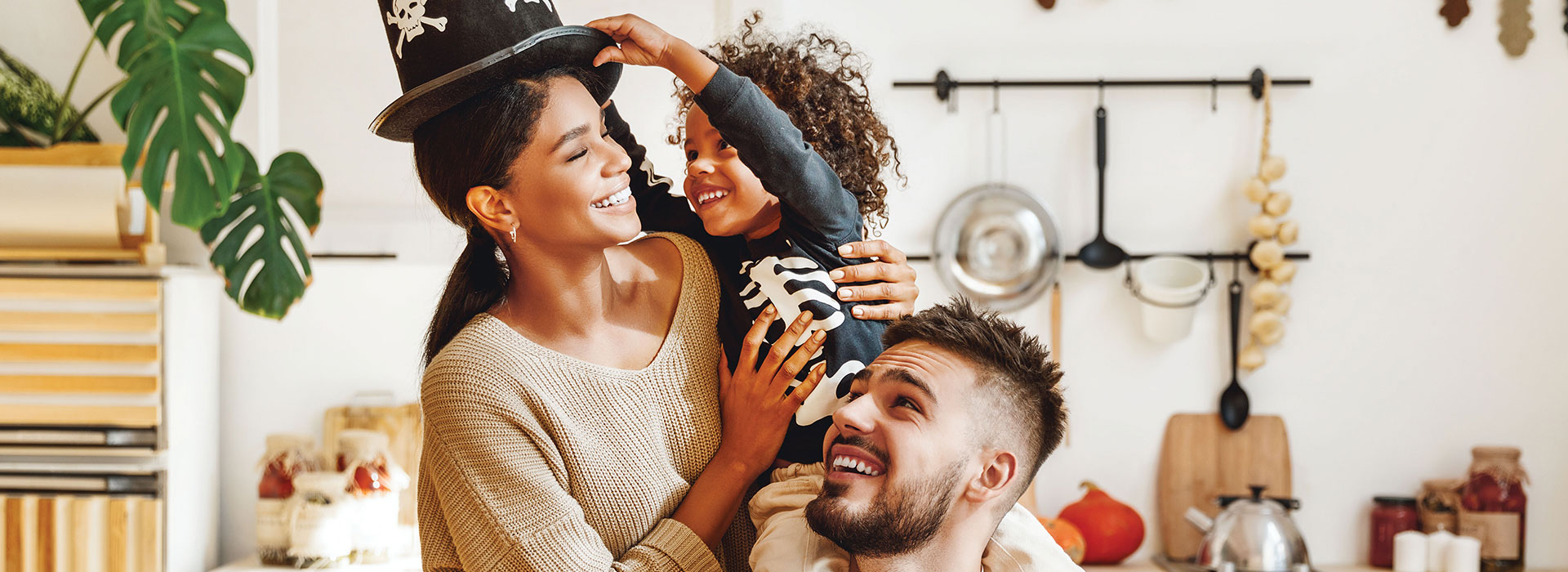
No Tricks, Just Tips for a Healthier Halloween
- Home
- Live Well Blog
- No Tricks, Just Tips for a Healthier Halloween
Whether you’re dressing up and going door-to-door, or staying warm inside, there’s nothing to get spooked about with these Healthier Halloween tips. Try these scary good ideas to make your Halloween festivities a little healthier for your family, friends, and trick-or-treaters.


Fill up on nutrition first.
Here’s the deal: as soon as your child’s favorite candy goes into their trick-or-treat bag, they’re going to want to eat it. Can you blame them!? To help curb the temptation to snack on candy while walking from house to house, fill their tummy with a healthy meal before you head out.


Limit the haul.
No one needs a full pillowcase of candy! Instead, choose a smaller collection container for your child and steer clear of the pillowcase method. Encourage your kids to only take one piece of candy from each house so they’ll be able to visit more houses in the neighborhood.

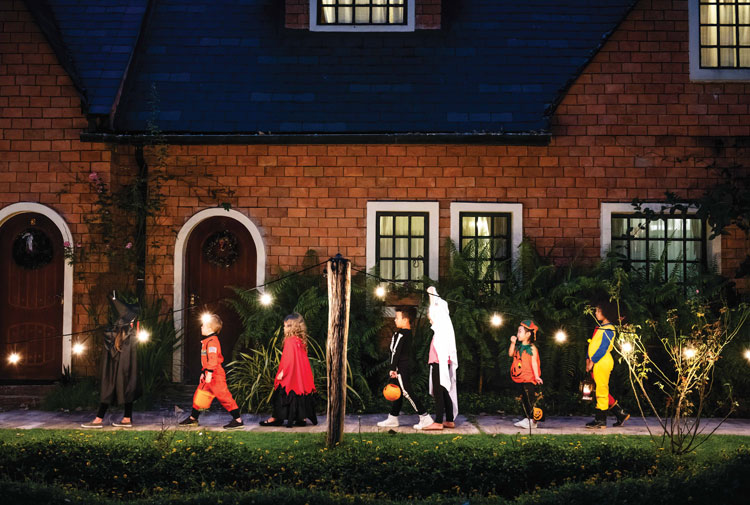
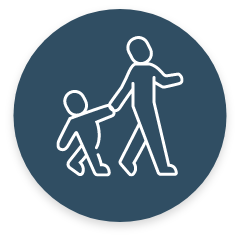
Get moving.
Halloween can be a great way to get some exercise! Have some fun with a zombie dance party, three-legged monster race, spider crawl, or small pumpkin toss. Make trick-or-treating a fun family activity by walking instead of driving from house to house. Set a goal of how many houses or streets you’ll visit, or compete in teams to do as many as you can. Bring a bottle of water and flashlight for everyone, and wear comfortable shoes for walking.
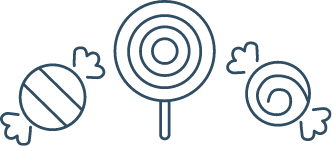
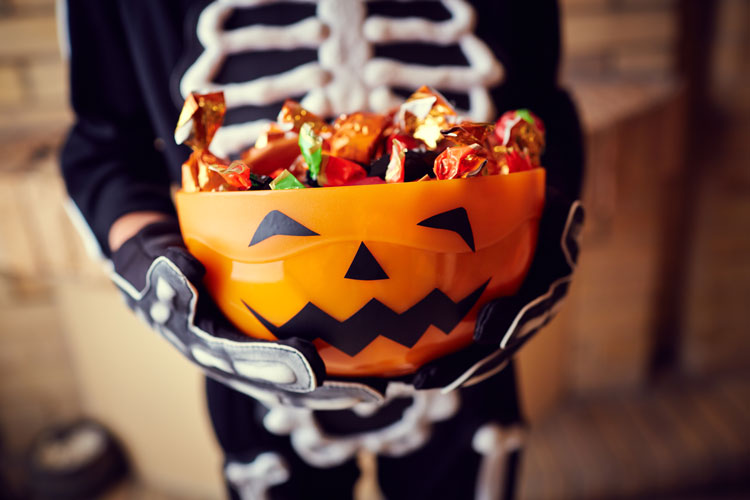

Look before you eat.
Check expiration dates and inspect all candy or other treats before allowing children to eat them. Don’t let children eat anything with questionable or unknown ingredients, especially if they have food allergies.


Have a plan.
Halloween can be a great time to talk with kids about moderation and making smart eating choices. Decide in advance how much candy your child will be allowed to take at each house, keep and eat. Help older kids decide what to do with excess candy.
Here are some ideas for enjoying the evening’s haul responsibly and getting rid of leftover candy:
Let your child keep enough candy to have one or two pieces a day for one or two weeks ‒ long enough for the excitement to wane. Throw away, donate or repurpose the rest.
“Buy back” candy from your child with money or tokens they can trade in for a fun activity, like a day at the zoo, an afternoon playing at the park, or trip to go ice skating.
Save it to fill a piñata for a birthday celebration or to give out with Valentine cards.
Some dentists’ offices have buy-back or trade-in programs, too.
Donate excess candy to a homeless shelter, children’s hospital or care package program for troops overseas. A familiar sweet treat from home can be comforting during the holidays.
Have no fear – with these tips, you’ll limit the tricks for a safe, healthy, and fun Halloween!
